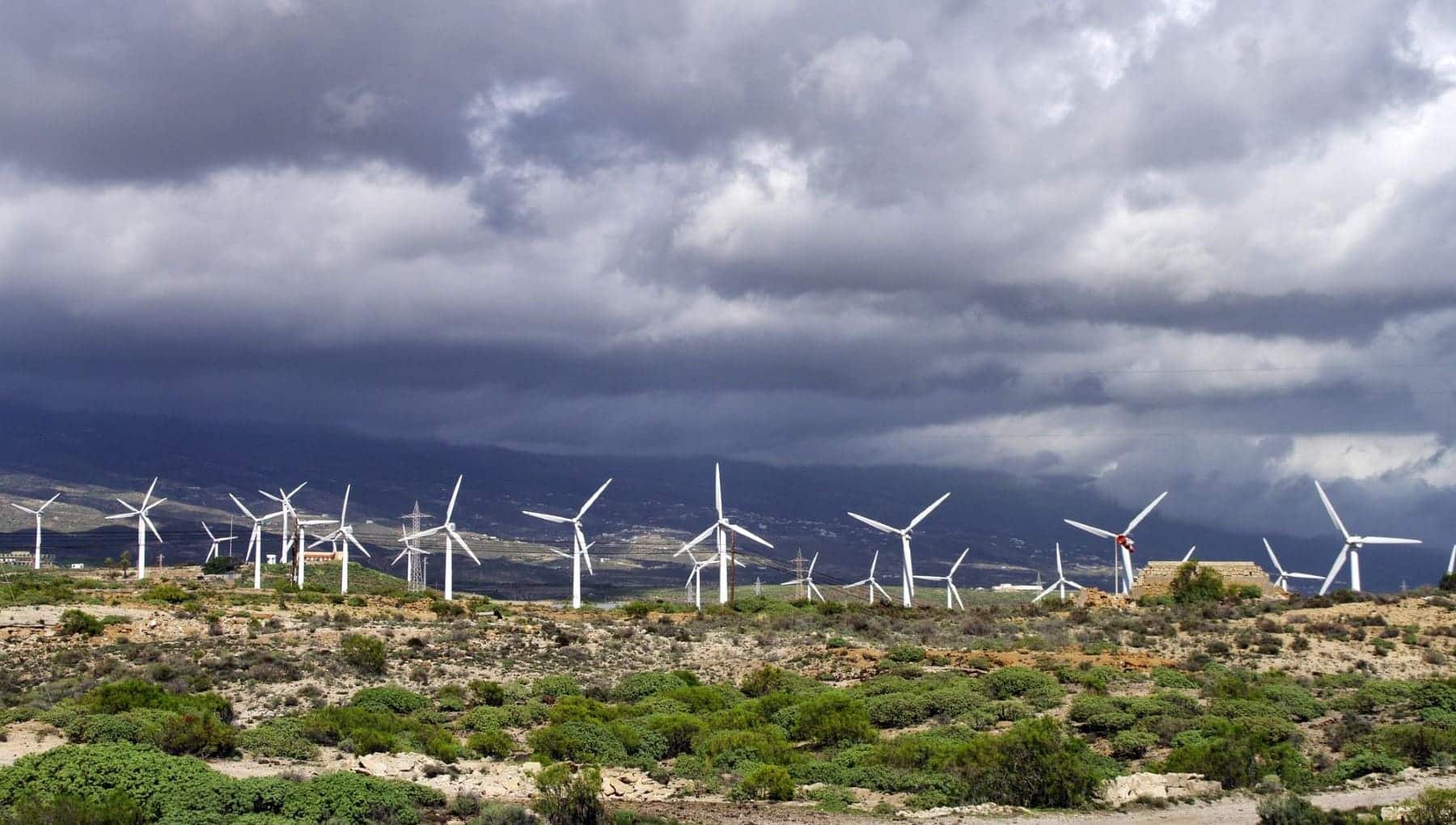The New renewable energy directive of the European Union imposes the Member States The approval of different plans that are aimed at the designation of “renewable gear zones”. The renewable development plans that are made in these areas will undergo a strategic environmental assessment, but the projects will be exempt from environmental impact assessment.

The Directive regulates a harmonized and permanent way of what was a possibility in the original regulation granted to the Member States, to release the environmental impact assessment procedure to those renewable energy projects that are built in a “specific area of renewable energy”, which must be chosen earlier and subject to a strategic and exhausting environmental evaluation.
Renewable gear areas (tsar)
The Ministry of Ecological Transition and Energy of the Government of the Canary Islands, led by Marian Strategic for Promote the development of renewable energy in the archipelago In a consensual way with the island councils and coordinated on every island.

The Minister of Ecological Transition and Energy, Mariano H. Zapata, emphasized that the Tsar is’ a new tool that is included in the new law on climate change and energy transition of the Canary Islands that tries to offer legal certainty for the effective development of energy extension ” . With these measures he said: “We accelerate the procedures while Let’s protect the Canary Environment Also do with the consensus of the officers involved.
Creating the Tsar will reduce processing times for renewable projects, because these areas have a pre -approval as favorable areas, facilitating environmental impact reports. In addition, surfaces wide enough will be determined for their development, guaranteeing a balanced development on all islands.
In this context, he explained that this earlier public consultation process and the subsequent letter of the first design, was developed parallel to a work that has started on the island councils since last year, to reach a consensus: «We have claimed and With the councils we are already seeing the definition of these areas according to Technical criteria, because they are the real connoisseurs of Territorior “. In this respect,” De Lanzarote Cabildo was a pioneer when he reached a pre -opening with the government in 2024 to define these areas, which encourages us to continue with him and collaborate with him And everyone else, “said the counselor Zapata.
He also wanted to emphasize that the progress in the definition of these areas will contribute to For our goal for the Maarbond. Already fully met the objectives of the PNIEC, which estimate a renewable penetration of 58% by 2030 ”.
The public consultation process
The earlier public consultation process is open until 18 February, a period in which public administrations, companies and citizenship can make their contributions. The goal is to collect important information For the elaboration of the subsequent version of this Regulationwhich will regulate the implementation of these areas, so that a crucial step to the energy transition on the islands is marked.
Zapata has pointed out that, also parallel to these meetings and this earlier public consultation, “We have initiated the work to continue in that first design of the text, which makes the methodology that will make it possible to make those suitable areas identify Based on technical and environmental criteria such as island planning or The exclusion of protected natural spaces“.
To do this, “We have already had technical meetings with other stakeholders of the government involved, such as the General Directorate Biodiversity, for issues such as The definition of exclusion of areas with AvifaunaBreeding areas and habitats of endangered species or also the Ministry of Agriculture, for issues such as the use of abandoned crops or other issues.
Citizen participation
The Ministry of Ecological Transition and Energy of the Government of the Canary Islands, led by Marian Both involved citizens and agents They can contribute to the text.
It is one of the actions considered in the new law of climate change and energy transition of the Canary Islands, ratified in the parliament of the Canary Islands in June, and that it includes the possibility that citizens participate in The new facilities for renewable energy On land that develops on the islands of more than 2 MW power and up to 20% of the total amount of the project. The participation can be done by shareholders or financing (crowdfunding).
This action is parallel to that of the renewable gear areas (ZAR), although in a more advanced state, because it is not a previous public consultation (which has already been carried out) but the public consultation on a design text. In that senseThis document, which is a pioneer in Spainedited and participated by all the agents involved will be open to anyone who wants to make through the following contributions link From January 8 to January 29, 2025.

